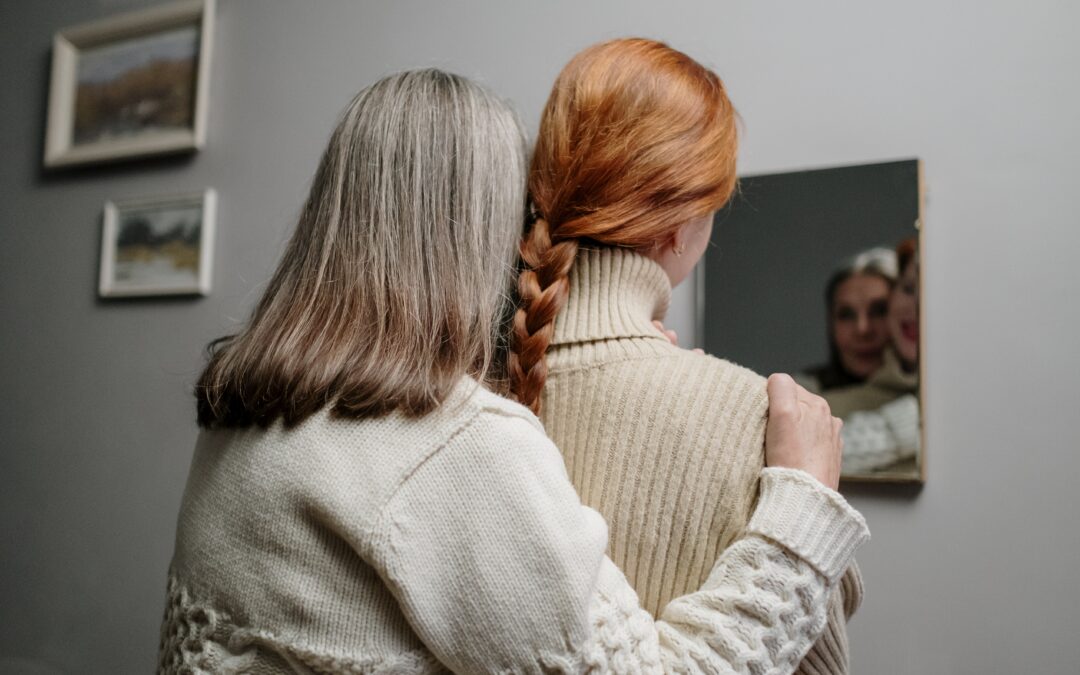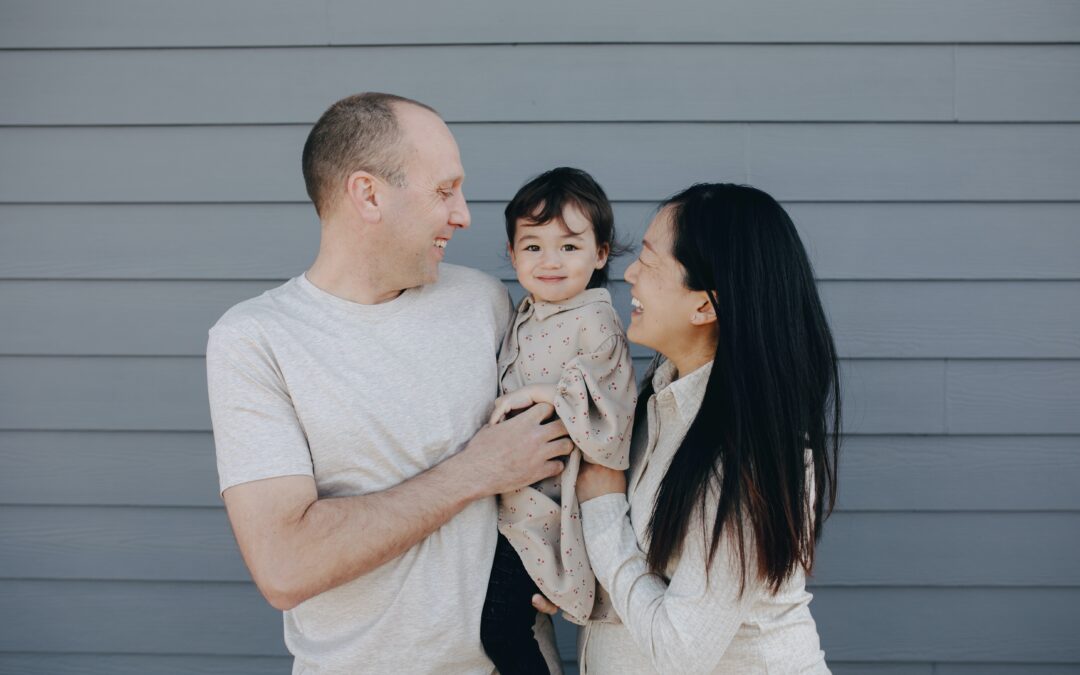A recent article in the Daily Princetonian highlights two divergent worldviews in its latest “Ask the Sexpert” column. In response to a new student asking how to approach relationships during their first year of college, the Sexpert predictably echoes platitudes about college as a time for experimentation and closes with an invitation to check out the university’s “Safer Sexpo.” What hardly qualifies as direction for someone with the idealistic, yet understandable, desire to find their life’s partner on campus, demonstrates just how polarized views about marriage have become.
According to Brian J. Willoughby, a professor in Brigham Young University’s School of Family Life, marriage has increasingly become the province of a “dwindling” population of highly religious believers. Other forms of romantic partnership like cohabitation and open relationships, which have gained popularity amongst the religious and non-religious alike, mean that younger Americans don’t see the benefits – material and otherwise – of a committed, lifelong union as opposed to other kinds of relationships. Younger Americans are also marrying later, which, while not a problem in and of itself, tends to reflect prevailing attitudes that only careers require extensive planning and preparation – marriage and family just “happen.”
However, young religious believers who do prioritize finding a spouse and look forward to starting a family in the near future face certain pitfalls as well. Without a broader social and cultural infrastructure to support marriage, including courtship rituals and the presence of family and close friends, individuals are forced to take matters solely into their own hands. Dr. Jason Carroll, a fellow professor in BYU’s School of Family Life, notices that young people who value marriage are just as susceptible to the cultural tides as their peers. For instance, he finds that many religious students are living in a way that is inconsistent with their professed beliefs, justifying extramarital sexual behavior by claiming “that’s just the single life” or “college experience,” while at the same time aspiring to “have a successful, lifelong, faith-oriented marriage [by age 30].” These attitudes reflect the broader cultural acceptance of cohabitation and sexual experimentation as a means of “testing the waters” or actually determining marriage compatibility (though Carroll cites plenty of data that shows such practices actually diminish marital quality and satisfaction in the long run).
Religious believers may also overcompensate in the face of lacking cultural support and positive exemplars for marriage by pairing off too quickly in college, succumbing to vague “hang-outs” over clearer-cut “dates,” confusing dating with going steady, and pressuring friends to interpret their first, second, or third date as a sign of commitment. Religious believers should want to normalize a balanced approach to dating and marriage, where dates are fun and not too serious while still maintaining appropriate boundaries on intimacy. A culture which says “get married now” is not much better than a culture which says “get married later.” A better solution is to rebuild the social expectations and moral guardrails which enabled a balanced view of dating and marriage in previous generations. One shouldn’t expect traditional courtship and marriage to be restored completely in the culture, but neither should our current laissez-faire approach to dating and marriage continue. It does so at the expense of young people, both religious and non-religious, who stand to benefit from the social, material, moral, and spiritual goods of marriage and family life.







